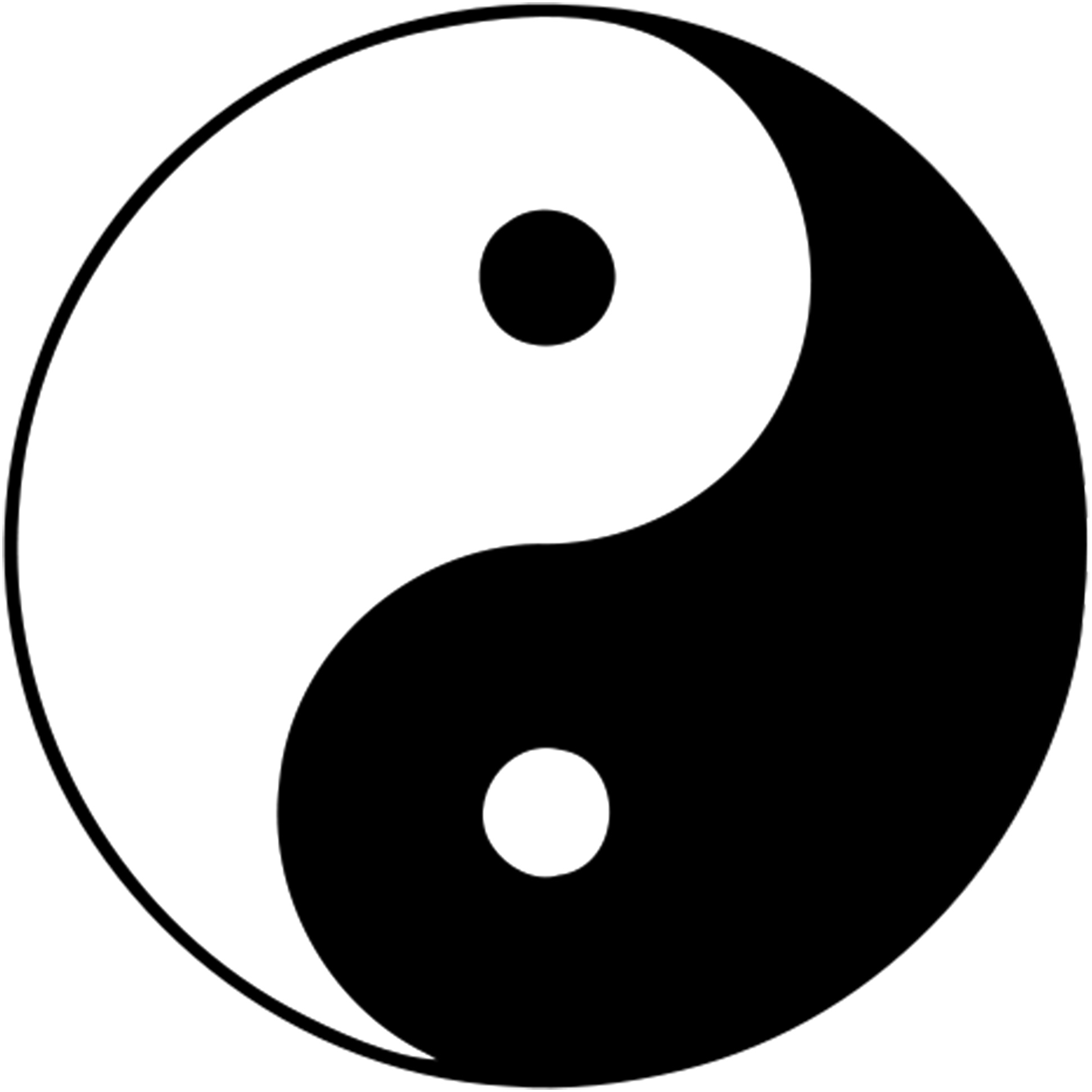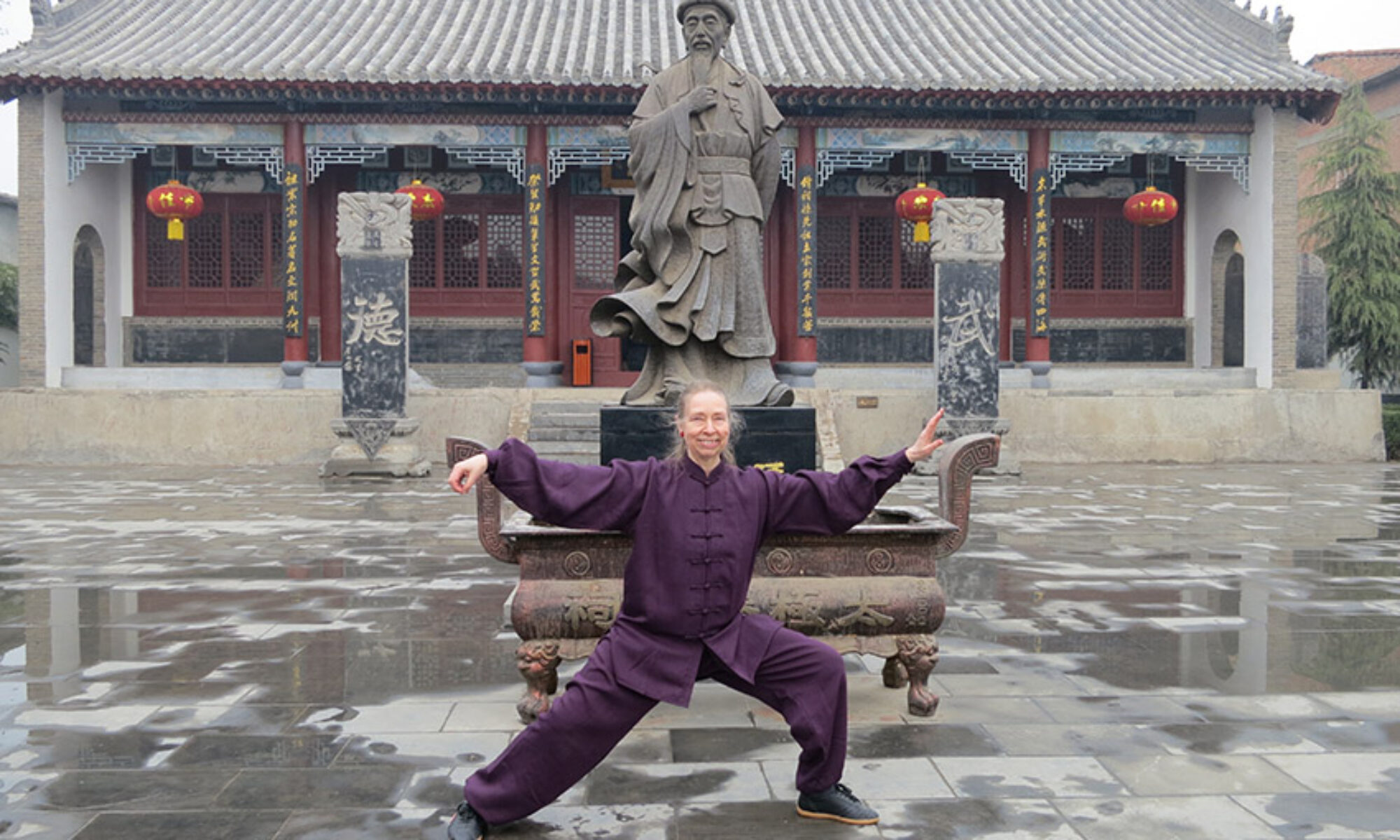
The Chinese character above, for Dao (in Pinyin, Mandarin Chinese) or Tao (in Cantonese) has an elusive meaning which is difficult for us to grasp, but is deeply entrenched in many aspects of Chinese culture. The serpentine ‘squiggle’ on the left indicates a ‘path’ or ‘way’ (which, just like our lives, is not straight and direct), the second part of the character, on the right, means the ‘mind’.
- The Dao signifies the primordial essence or fundamental nature of the universe. In the foundational text of Daoism, the “Dao De Jing” (Tao Te Ching), Laozi explains that Dao is not a ‘name’ for a ‘thing’ but the underlying natural order of the universe whose ultimate essence is difficult to circumscribe due to it being non conceptual yet evident in ones being of aliveness.
- Dao is intrinsically related to the concepts yin and yang (pinyin: yīnyáng), where every action creates counter-actions as unavoidable movements within manifestations of the Dao, and proper practice variously involves accepting, conforming to, or working with these natural developments.
- In Daoism, Chinese Buddhism and Confucianism, the object of spiritual practice is to ‘become one with the Dao’ (Dao De Jing) or to harmonise one’s will with Nature in order to achieve ‘effortless action’ (Wu wei). This involves meditative and moral practices. Important in this respect is the Daoist concept of De or virtue.

Daoism teaches us to ‘live in a state of tranquility and act in accordance with the rule of the nature; nothing can not be achieved’. We should therefore try to follow the rules of nature throughout our lives. The philosophical concepts of Wu Wei (effortless action) and Yin Yang (theory of entwined opposites) are embedded in all styles of Tai Chi (Tai Ji) practice, and can be seen through movements that are soft and hard, slow and fast, which is especially manifest in the Chen family style of Taijiquan as it has fast releases of energy known as ‘fajin’ which can be used in martial techniques, of kicks, punches or from other parts of the body. ‘De’ or virtue/ethics, is also an important aspect of martial arts practice, and the Chen family have a list of character traits and behaviour that a serious practitioner should follow.
The bulleted paragraphs are definitions taken from Wikipedia
